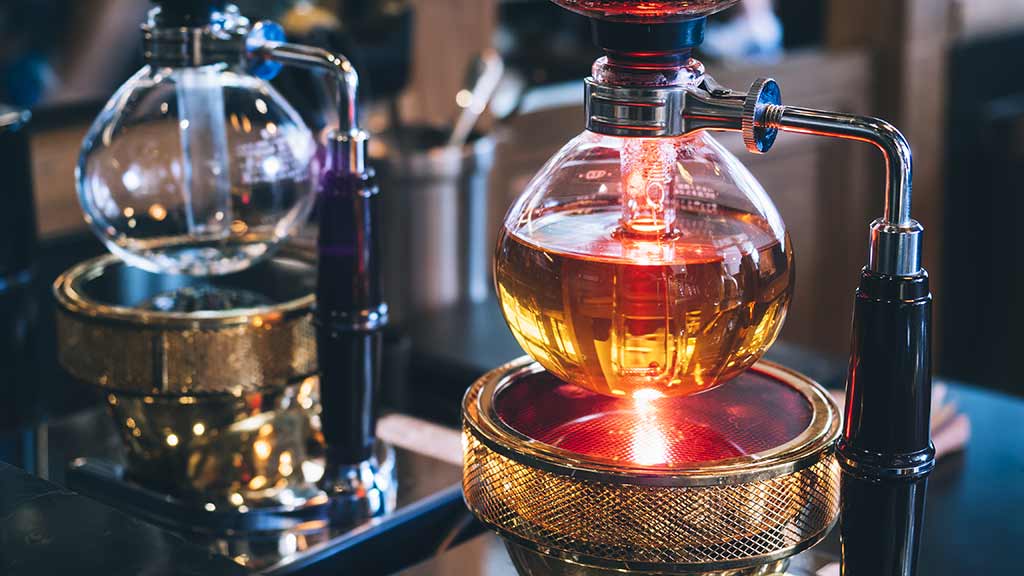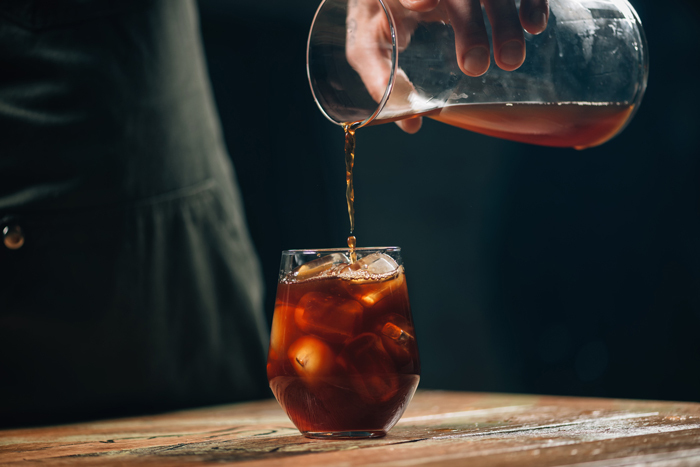Get our independent lab tests, expert reviews and honest advice.
How to buy the best filter, drip brew or vacuum coffee maker

Espresso coffee may get all the attention these days, but quietly bubbling away in the corner is a range of alternative coffee brew methods that have stood the test of time. These include vacuum brews (also known as siphon/syphon) and filter brews, which include both electric filter coffee machines and manual drip filters. But what do these offer over the popular espresso?
On this page:
- What is a vacuum coffee machine?
- Are electric filter coffee machines any good?
- What is a pour over device?
- Expert tips for brewing non-espresso coffee
These coffee-making techniques deliver a lighter, less full bodied but clearer flavour profile to your traditional espresso, and should be enjoyed with that in mind.
What is a vacuum coffee machine?
Also known as a siphon (or syphon), these old-fashioned machines are a pleasure to watch at work and add a touch of science to your brew. They consist of two chambers: the upper one contains your ground coffee and a filter, and has a narrow nozzle that leads into the lower chamber where water is heated by a gentle heat source.
Traditional devices can cost from $90 and use a supplied alcohol (methylated spirits) burner, but a portable butane burner works just as well and speeds up the process. Some more modern, commercial models may use an electric element like a kettle, or are compatible with regular electric or gas stoves.
As the water is heated it’s forced into the upper chamber which contains your coffee. After brewing (times and processes will vary according to the machine), the heat source is extinguished and coffee is pulled down from the top bowl.
Are electric filter coffee machines any good?
These are the iconic coffee machines found in countless American diners, where busy staff pour free refills for thirsty customers. They’re readily available at major stores, despite some espresso fans scoffing at drinking filter coffee that has “cooked” on a warm element for hours. They’re simple to use, and cost around $60–70. Another advantage is that they’re programmable, so you can wake up to the aroma of coffee in the morning.
What is a pour over device?
Also known as a drip brew method, these are easy to operate gadgets that contain a paper filter and sit on top of your cup, waiting for hot water to be poured onto the coffee grinds. Coffee is then filtered into the cup. Prices will vary as they come in different finishes (such as ceramic or plastic), and you’ll usually need to buy a special filter that is compatible with the style of pour over device. Ease of use is generally excellent, as it’s a very simple way of making coffee.
Expert tips for brewing non-espresso coffee
We asked Anee Sampath, founder of BeanCraft Coffee, for his tips when brewing coffee with these methods.





